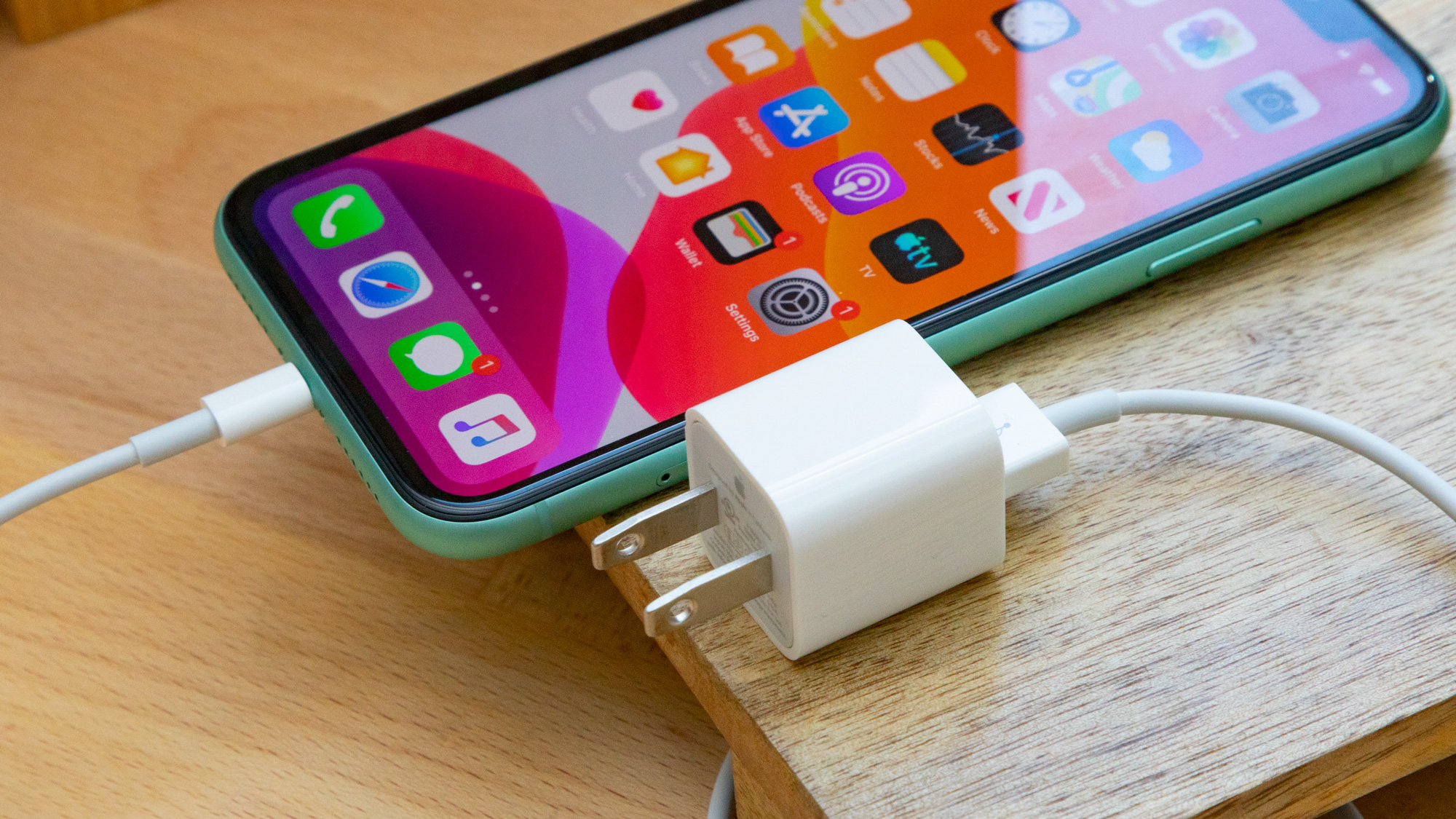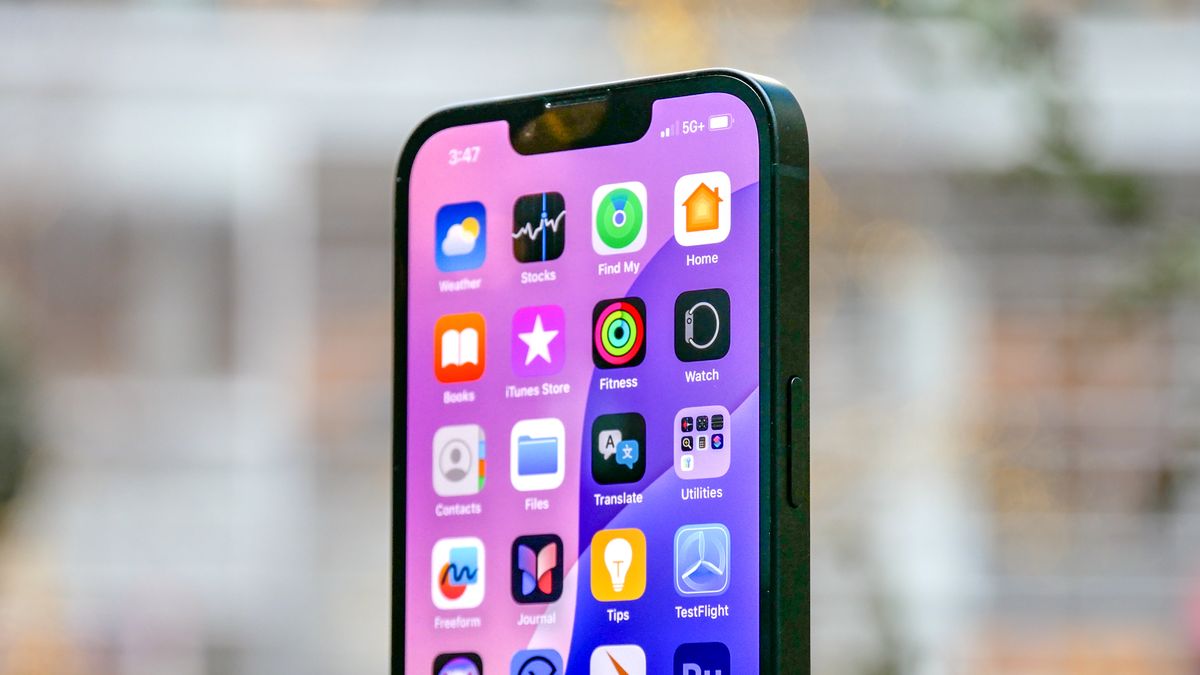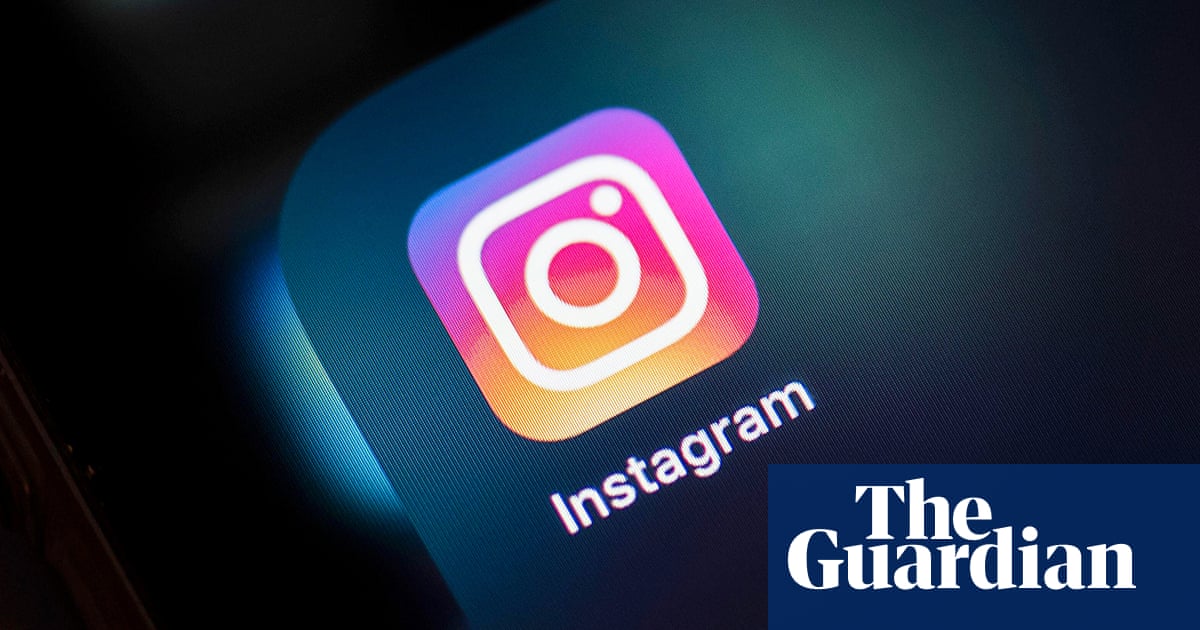A lot has been written about the iPhone 16e, and not all of it flattering.
In particular, the baffling removal of MagSafe has come in for a lot of criticism, and I completely understand why. In one fell swoop, MagSafe took away the most annoying element of wireless charging: the millimeter-by-millimeter shuffle of your handset to make its charging coils line up just right.
But Apple obviously doesn’t think it’s a problem — or at least, not for the kind of buyer that the iPhone 16e is aimed at. In his Daring Fireball post about the new handset, John Gruber writes that company representatives assured him the 16e’s target audience won’t mind.
Apple tends “not to use inductive charging at all, and when they do, they might not care that the 16e is stuck with a pokey 7.5W Qi charging speed”, he says, paraphrasing the Apple line.
I think Apple is probably right on this one, and not just because the world’s first every three-trillion-dollar company knows a thing or two about selling iPhones.
You can’t miss what you’ve never had
I’m actually sympathetic to my colleague Jeff Parsons’ view that the lack of MagSafe is a deal-breaker. Ever since buying my iPhone 14 Pro after a 13-year break with Android, I’ve been rather smitten with my Belkin 3-in-1 charging stand and its beautiful convenience: just clip the iPhone on, and it quickly charges without messing around with cables.
It’s so good that I don’t even charge my phone at night anymore, as I know a lot of my working day will be at the desk — more than enough time for it to charge up. Personally, I can’t imagine going back to pre-MagSafe life, and I imagine many Tom’s Guide readers feel much the same way.
But if you’re reading this, you’re extremely likely to follow the minutia of every smartphone development and have strong opinions on it. In the great scheme of things, that makes you unusual. Without stating the obvious, having more than a casual interest in smartphone tech is a minority pursuit, not engaged in by the majority of the world’s eight billion humans. For most people, buying a smartphone doesn’t involve benchmarks or even reviews — and certainly not opinion pieces like this.
I’m inclined to believe Apple when it says that the target market for the iPhone 16e won’t be bothered by the lack of MagSafe.
So I’m inclined to believe Apple when it says that the target market for the iPhone 16e won’t be bothered by the lack of MagSafe. They’ll see an iPhone with FaceID, Apple Intelligence and — most importantly of all — a $200 discount and be happy with their purchase.
As Apple Insider noticed, Apple seems to be specifically aiming the 16e at those using older handsets, noting in its accompanying press release that the battery lasts “up to six hours longer than iPhone 11 and up to 12 hours longer than all generations of iPhone SE.” It adds that the A18 processor is significantly faster than the A13 in the iPhone 11.
“Well, obviously,” you might say — or more dismissive words to that effect — but again, that just suggests you’re not who Apple is aiming the 16e at.
iPhone 11 comparison

The iPhone 11 is a telling comparison: it’s the final generation before MagSafe was introduced with the iPhone 12, and no iPhone SE handsets — of which the 16e is probably a close cousin to — have ever had it either.
Just how I didn’t know what I was missing with MagSafe when on Android, neither do iPhone SE or 11 users — and the latter may not baulk at the price, either. It launched at $699 back in 2019, which makes the $599 iPhone 16e seem like a bargain — even though, again, readers of Tom’s Guide will appreciate it’s much more complicated than that.
To paraphrase Gruber’s piece: you’re not in the 16e demographic, but your friends and family members might well be. While a lack of MagSafe may be a deal breaker for you, don’t be surprised if it hasn’t even registered for them, just as Apple anticipates.









